Featured Photo Above:
Combined 1903 World Series Photo: Pittsburgh Pirates and Boston Pilgrims
(Color Restoration by Chris Whitehouse of Mancave Pictures)
Baseball History Comes Alive Now Ranked As a Top Five Website by Feedspot Among All Baseball History Websites and Blogs!
(Check out Feedspot's list of the Top 35 Baseball History websites and blogs)

Guest Submissions from Our Readers Always Welcome! Click for details
Scroll Down to Read Today’s Essay
Subscribe to Baseball History Comes Alive for automatic updates (sign-up block found in right side-bar)
As a Free Bonus for subscribing, you’ll get instant access to my two Special Reports: Memorable World Series Moments and Gary’s Handy Dandy World Series Reference Guide!
Preacher Roe Photo Gallery
Click on any image below to see photos in full size and to start Photo Gallery:
We’re Contacted By An Acquaintance of Brooklyn Dodger Great, Preacher Roe! Part One
“The Preach was a master of his craft. He was a smart control pitcher with a phenomenal sense of timing.” -Teammate Carl Erskine.
As I’ve said many times, we always love it when we’re contacted by a descendant or acquaintance of a former ballplayer. It doesn’t matter to us if he was a star of a sub. Anyone who made it to the “Big Show” is special in our eyes. Of course, it’s even more special, as in this case, when the player had a stellar career during baseball’s Glory Years of the 1950s.
I’m happy to relate that one of our regular readers, Terry Farmer, was very well acquainted with Elwin “Preacher” Roe, who originally hailed from the tiny Arkansas town of Ash Flat. In 1954, following his playing days, Preacher settled with his family in West Plains, Missouri, located deep in the Missouri Ozarks where he ran a small grocery store for many years. West Plains is also the town in which Terry grew up. As Terry related to me, he was actually good friends with Preacher’s youngest son, Tommy. The two boys grew up together in West Plains.
On the right, we see a young Terry Farmer with Duke Snider and Preacher Roe (Terry Farmer personal collection).
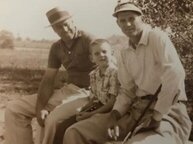
Preacher Roe played a major role in the formative years of Terry’s life; and, in Part One of this two-part series, he shares some interesting recollections from his days with the Roe family:
Tom and I are the same age and went through all our years of public school together, graduating in 1964. We played high school ball together and played for years on Preacher’s town team in the summers from about 1958 until we graduated in 1964.
Preacher could tell stories forever and rarely repeat himself. We played all over southern Missouri and northern Arkansas. Riding with him to away games was something that I will never forget. He had a story for about anything that could happen on a baseball field. He knew he had a captive audience in all of us and he milked it for all it was worth. Preach would often start out on some baseball story with “Fellers, let me tell ‘ya,” or “Boys, listen up.” And away he’d go. That said, he taught us how to play the game the right way, to play hard and fair, and to have fun doing it.
I remember a time or two when Preacher would be invited to be an instructor over at Mickey Owen’s Baseball Camp at equally tiny Miller, Missouri. Preacher occasionally would take some of us in a carpool over on the day he was to instruct. This would be about 1961, ‘62. And at that camp, Owen would invite older players from his past to be guest instructors. Besides Owen, players that we were fortunate to meet included Lon Warneke, Pepper Martin, Lloyd Waner, and Bob Speake among others. I lived a childhood that guys my age now would kill for when they were growing up. I was fortunate enough to appreciate it then and so very much do so now with each passing day.
Terry also shared with me some of his favorite “Preacher” stories. One in particular was a story he told about pitching against the Giants in a spring training game around 1952 or ’53:
There’s two outs and Mays is on first base. Preach is holding him on because everyone in the park knew Mays was going to steal. Roy Campanella, who had known Mays for years and played with and against him in the Negro Leagues, was dying to gun him down. So Preach looks in for a sign to the next hitter and Preach says, “I’ll be damned if Campy doesn’t call for a pitchout.” Ball one. Mays stands on the bag, grinning. Preach looks in for the sign on the second pitch. Pitchout. Ball two. Now Preacher is kind of walking around on the mound and shaking his head and looking into the Dodger dugout. Nothing. So he looks in for pitch number three. Again, pitchout! Ball three…
Preacher calls Campy out and wants to know what’s going on. Campy tells him: “Preach, you’re the only guy on this staff that I know that can throw a strike anytime he wants. So get back on the rubber and throw one.” So Preach fires this fat fastball right down central and the hitter just watches it. It was like he was caught up in the whole drama of the moment. Mays goes flying off first base and Campy guns him down and both are laughing their butts off, along with Preacher and everyone else in the ballpark. Preach said, “It was funny then, but it wasn’t funny up to that point!”
A Few Words About Preacher and His Outstanding Career
As is well known to Brooklyn fans, Preacher Roe was an outstanding pitcher and one of the game’s genuine characters. He was featured prominently in Roger
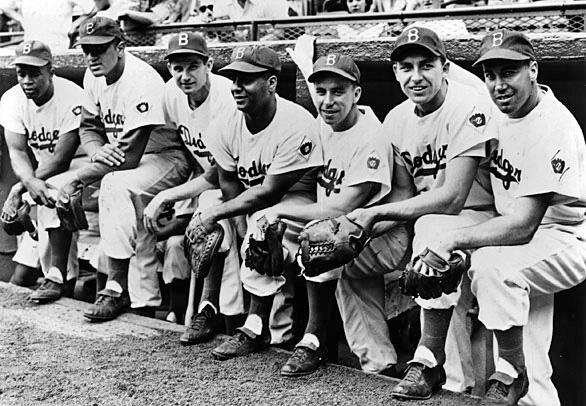
Kahn’s classic: The Boys of Summer. With his lanky 6-foot-2,170-pound frame, his flaky personality, and his twangy homespun humor, Preacher projected the appearance of a “county bumpkin.” He was anything but. He was actually a graduate of Harding College and possessed a quick wit and a sharp mind. He once attracted national attention in 1939 while pitching for Harding by striking out twenty-six batters in a thirteen-inning game.
His unique baseball nickname “Preacher” came at age three when an uncle asked his name. Possibly misunderstanding the question, little Elwin apparently responded “Preacher,” thinking of a minister who would take him on horse-and-buggy rides. For whatever reason, the moniker stuck and became one of the game’s most endearing nicknames.
Preacher Roe played twelve seasons in the majors (1938-’54) after being signed by Branch Rickey. He broke in with the Cardinals in 1938, and pitched in one game. After five seasons in the Cardinals’ system, he compiled four mediocre seasons with the Pirates (1944-’47). In 1948, Branch Ricky, now the General Manager of the Dodgers, reacquired Roe in a trade that worked out pretty well for the Dodgers: Preacher Roe and Billy Cox for an aging Dixie Walker and two others.
Over his career, the five-time All-Star went 127-84 (.602), with a 3.43 ERA, 956 strikeouts, 17 shutouts, and 101 complete games. Known for his outstanding control, he led the National League in strikeouts in 1945 (148), and was a star pitcher on three Dodger pennant winners. In five post-season games, he went 2-1, with a 2.54 ERA.
Preacher is primarily remembered for his seven highly successful years with the Dodgers (1948-’54), compiling an overall record of 93-37 (.725), with a 3.36 ERA. He had a “break-out” year in 1949, going 15-6. Between 1951 and 1953, he went 44-8 (.857). His best year was 1951 when he posted a 22-3 record, with a 3.04 ERA. He started the season at 10-0, only the fifth pitcher since 1916 to do so. His .880 winning percentage that year led the National League.
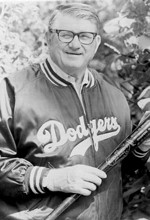
Preacher Roe was still pitching at age 39 in 1954, at the time the third-oldest player in the majors. Once when asked the secret of his longevity, he responded: “Clean livin’ and the spitball!” Preacher Roe died on November 9, 2008, aged 92, after a battle with cancer.
Thanks to Terry Farmer for sharing some interesting reflections about his time with Dodger great, Preacher Roe. Stay tuned for more info about Preacher via Terry Farmer in Part Two of this series.
Gary Livacari
Subscribe to our website, “Baseball History Comes Alive!” with over 1200 fully categorized baseball essays and photo galleries, now surpassing the 700K hits mark at 761K hits: www.baseballhistorycomesalive.com
Information: Emails from Terry Farmer, and excerpts edited from Preacher Roe Wikipedia page; Stats from Baseball Reference.com
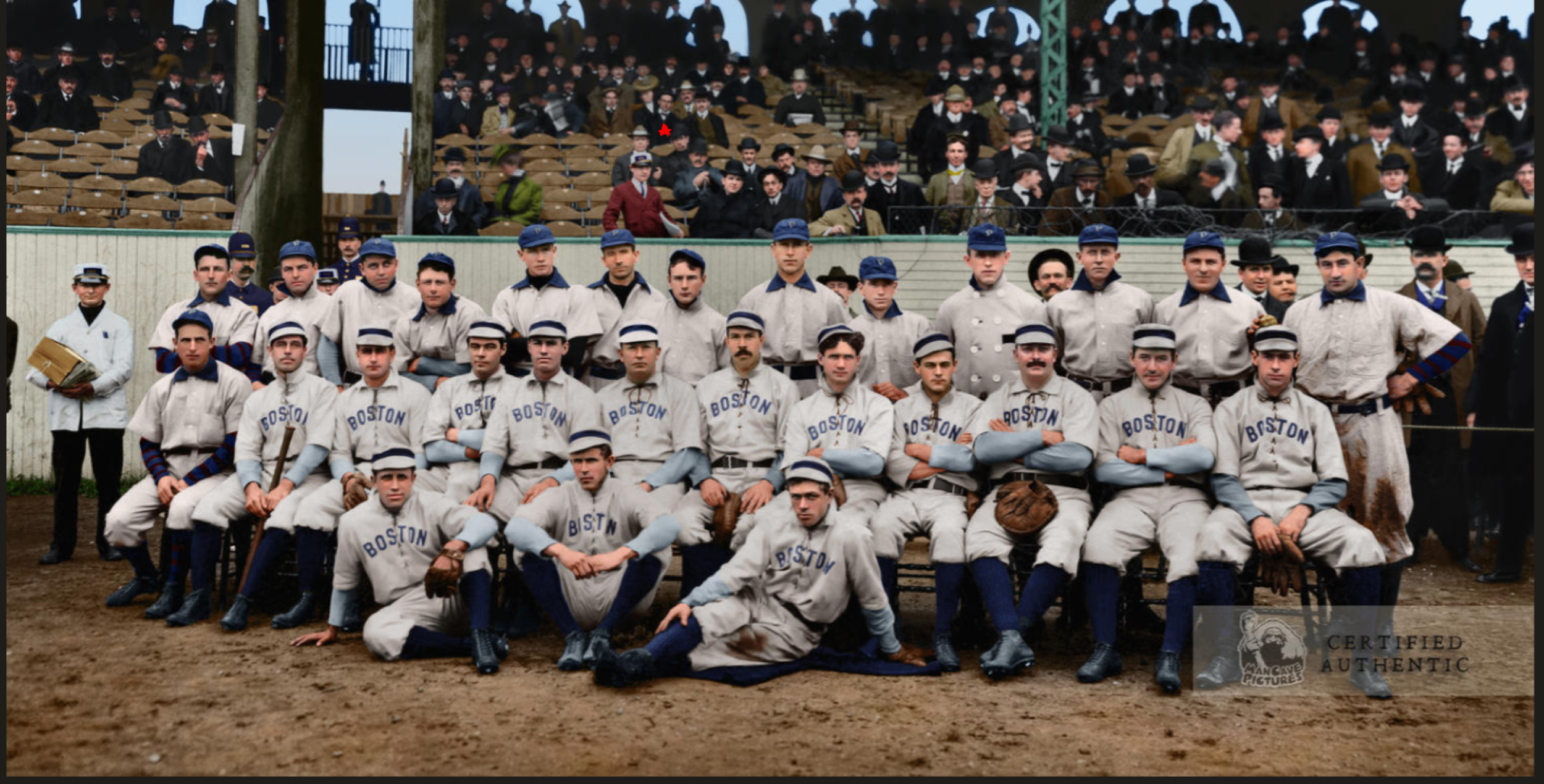
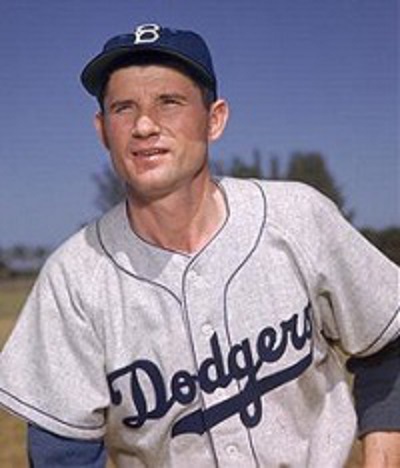
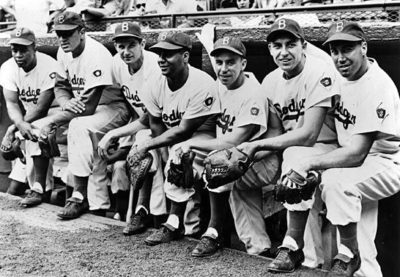
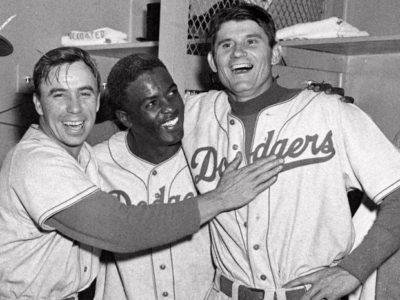
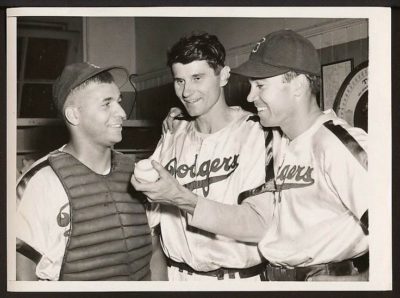
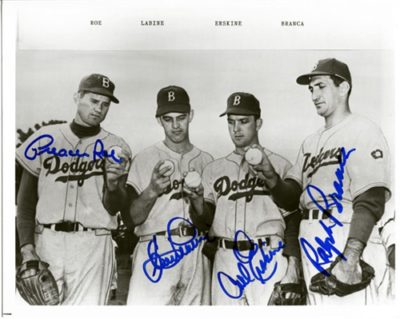
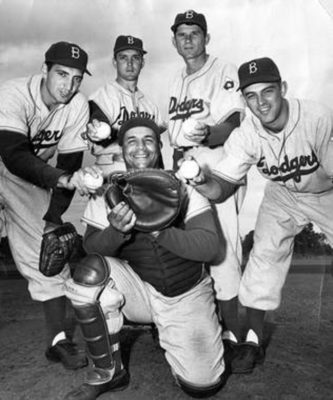
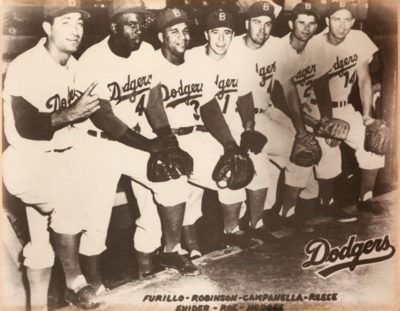
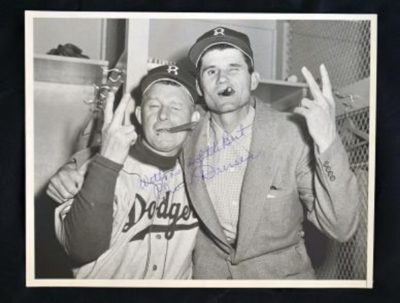
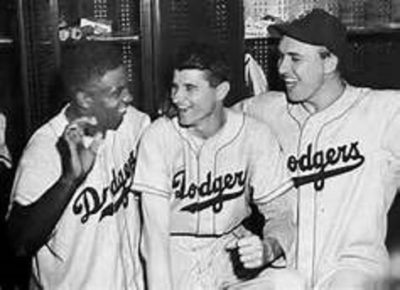
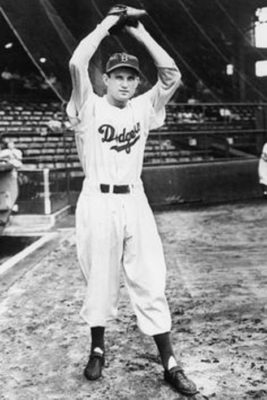
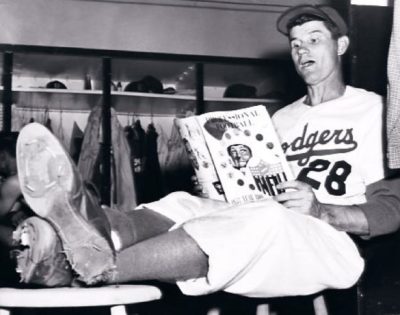
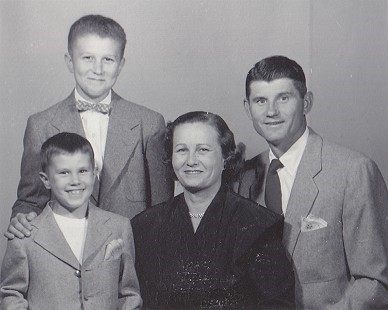
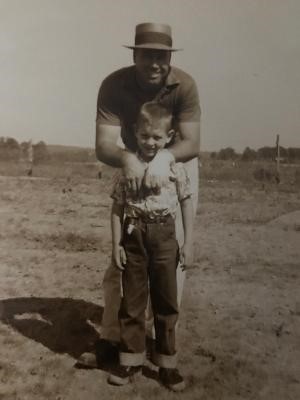
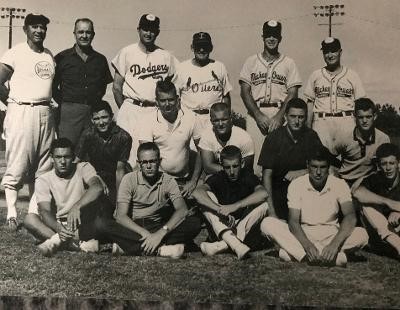
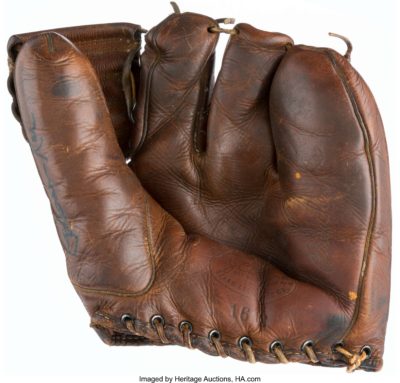
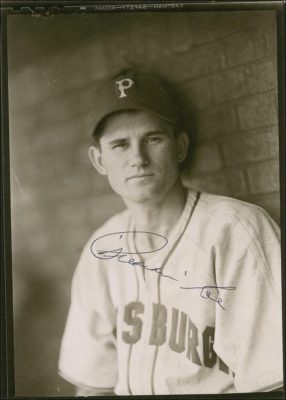
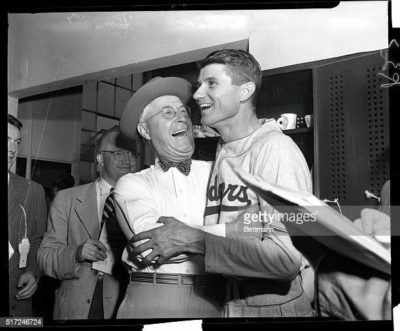
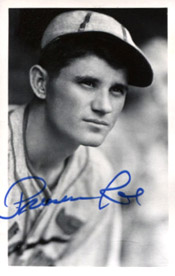

A very good story about Preacher Roe and the Brooklyn Dodgers. Terry is right, I would have killed to have his experience. The old Dodgers will remain in my brain until I go to the Big Dodger in the sky and see Tommy again.
Thanks Dennis. We have a lot of Dodger fans reading the site and I’m sure they all feel as you do!
Hi Terry:
Thanks so much for your story. I remember The Preach very well. Watching him pitch made you think the words long and lanky were invented just to describe him. Looking forward to part two.
Kind regards,
Joan
Glad you liked it Joan…thought you would!
Joan,
Preacher was a good old country boy from the very rural Ozarks. He was plain spoken and brutally honest when he spoke, usually in just a few words. He never put on airs or tried to be anyone but himself. Once he was your friend, he was a friend for life.
Thanks Terry. From what I remember, Preacher was a a man who was spare in his movements; nothing fancy. He just threw the ball and got the job done. This jibes with your further description. Am I remembering rcorrectly? I hope so.
Joan
Joan,
Prior to his success with the Dodgers, Preach had primarily relied on a fastball to get him through an inning.
But a former catcher, Al Lopez, and a pitcher, Rip Sewell, were credited by Preacher in teaching him that often less was more when it came to getting hitters out. With their help he developed a nasty screwball and a slow curve that along with his fastball kept hitters guessing and off balance. They helped him become a pitcher, not a thrower, which extended his career and prevented him from having chronic arm problems had he remained primarily a one pitch pitcher.
Thanks again, Terry. The more you share your personal knowledge of him, the more alive he becomes. This is a real treat for me. Really looking forward to part two.
Joan
As Terry has demonstrated, the “inside dope” is always the most fascinating. His account of Campy v. Mays here had me hanging on every word, to say nothing of every pitch.
Cannot wait for Chapter 2, and come to think of it: Why stop at two?
Many thanks,
Michael
Michael,
I’m just channeling Preach.
Thanks for your kind words.
T.